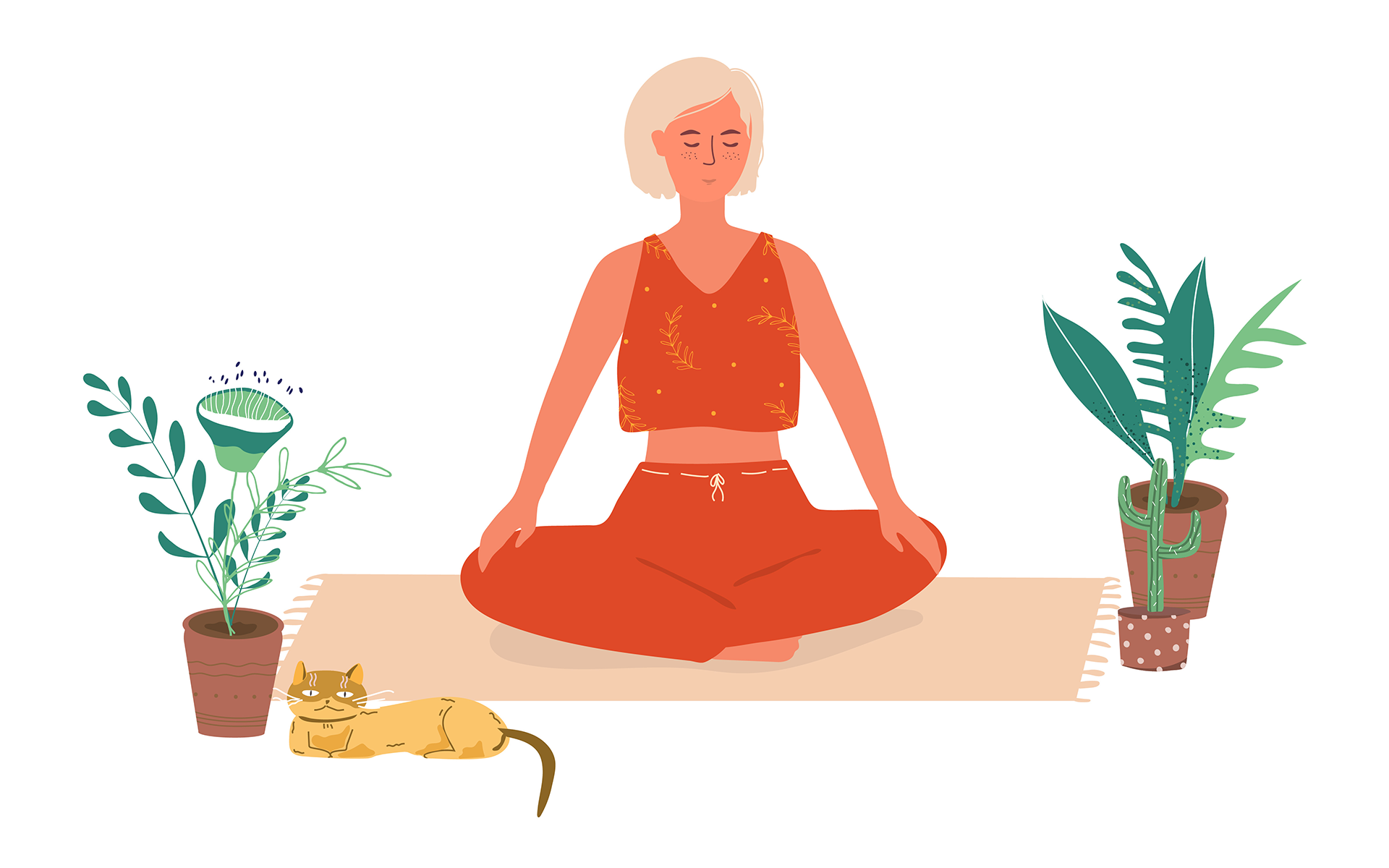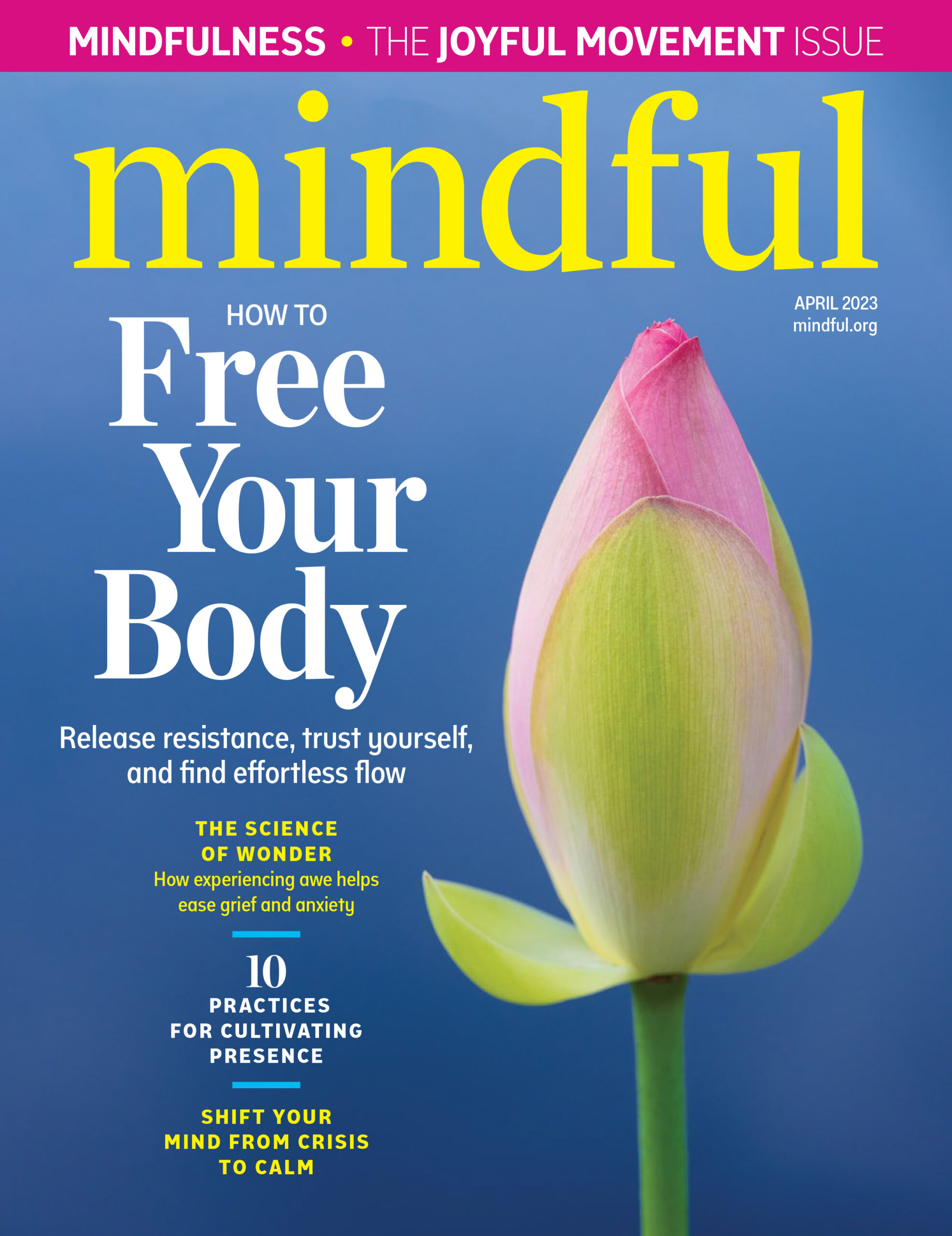This story, from an anonymous source, sums up how our minds work:
One evening a Native American elder told his grandson about a battle that goes on inside people. He said, “My son, the battle is between two ‘wolves’ inside us all. One is anger, envy, jealousy, sorrow, regret, greed, arrogance, self-pity, guilt, resentment, inferiority, lies, false pride, and superiority. The other is joy, peace, love, hope, serenity, humility, kindness, benevolence, empathy, generosity, truth, and compassion.” The grandson thought about it for a minute and then asked his grandfather, “Which wolf wins?” The elder simply replied, “The one you feed.”
This story reminds us that the development of positive emotion is rooted in an underlying principle borne out by the science of neuroplasticity: What you practice you will cultivate.
Four Obstacles to Feeling Good
There are many ways that people feed difficult emotions without knowing they’re doing so. Here are a few common obstacles to feeling good, and how mindfulness can help us work with them:
- People tend to limit their belief in themselves. They assume that if they were born a certain way, they will always be that way. So when they attempt to be more compassionate or more altruistic, they may dismiss their own efforts, thinking, Well, there is Mother Teresa, and then there is me. This is unhelpful thinking. If you are motivated to develop compassion and kindness toward yourself or toward others, you can do that; all you need to do is put effort in that direction. This effort may not be easy, but you can in fact change your brain and your behavior. (We have seen that you can even change your gene expression!)
- Many of us feel comfortable when our inner and outer lives are chaotic. Depression or anxiety may feel like the norm, and it can be hard to imagine living any other way. If this is your experience, then your task is to let yourself feel and cultivate positive emotions. And when you do experience positive emotions, make sure you recognize, accept, and investigate, and you will feel positive states more deeply. One way to do this is with the RAIN practice.
- Perhaps positive emotions slip by you and don’t stick. When you tap into a moment of joy or peace or ease or calm, whether it comes from meditation practice or arises spontaneously in life, you can mindfully attend to this emotion and let it be present. You can begin to familiarize yourself with how this emotion feels in your body and how it works in your mind. Positive feelings might be subtle at first, not easily recognizable and unfamiliar to you, but over time, with practice, they will become more and more who you are. Additionally, it is possible to deliberately cultivate and develop them further. As you practice further you can deliberately increase and cultivate them.
- Perhaps you have a tendency to get caught up in your positive emotions—to “live for the highs” and get depressed or feel lost when they disappear. If this sounds like you, it may be useful to see that positive emotions, like difficult emotions, are also transitory. They are beautiful and feel wonderful in the moment, but they too will pass. If this is your situation, learning to disidentify can be helpful. William Blake sums it up nicely:
He who binds to himself a Joy
Doth the wingéd life destroy;
But he who kisses the Joy as it flies
Lives in Eternity’s sunrise.
Three Ways to Find Balance
“Equanimity” is a word not frequently heard in everyday speech. It means even-mindedness or balance; experientially, equanimity feels like what we term “well-being.” Merriam-Webster defines it as “evenness of mind especially under stress.” You care passionately about a situation, yet your happiness and well-being are not tied to the outcome of the situation. Somewhere deep inside you recognize that you have preferences, but that your happiness does not depend on fulfilling them. So you stand up for yourself and what you believe in, but you are willing to let go of the results of your actions.
With gentle reminders, anyone can learn to have more balance. Try this:
- You can remind yourself that a difficult situation is only temporary. Or that getting overly upset about a situation will not change its outcome. You can ask yourself whether a difficult situation you are facing will last forever. These cognitive approaches can strengthen your equanimity.
- Mindfulness meditation can be a training ground for equanimity. As you sit in meditation, mindful of whatever is arising, you may experience physical pain, emotional difficulties, surprising bliss, loud disturbing noises from the outside, or anything else. Yet your task is to stay mindful, curious, and accepting of whatever comes up.
- You can repeat a series of phrases that bring to attention the feeling and attitude of equanimity: “Things are as they are.” “May I accept things just as they are.” By repeating these phrases, directing them toward particular situations, and noticing their impact over time, you can cultivate equanimity.
Excerpted from FULLY PRESENT: The Science, Art, and Practice of Mindfulness by Susan L. Smalley, PhD and Diana Winston. Copyright © 2022. Available from Hachette Go, an imprint of Hachette Book Group, Inc.
read more
How to Practice Breathing Meditation
Meditation teacher Diana Winston and researcher Susan Smalley address some of the most common concerns that come up when people first try mindful breathing meditation.
Read More
A Guided Meditation to Train Moment-to-Moment Awareness
When we train our awareness of what’s arising, both internally and externally, we increase our capacity to act with wisdom, no matter what life throws at us.
Read More
Why Rituals Matter (and How to Create Your Own)
Mark the important moments in your days, seasons and years with meaningful, mindful action.
Read More








